Affiliate links on Android Authority may earn us a commission. Learn more.
Switching from Blackberry to Android: your guide
Published onJanuary 19, 2013

It’s time, friend. It’s time to drop that Blackberry you’ve got duct-taped together and move up in the world. Android is waiting with open arms, and a plethora of great devices. I’m sure you were with that Blackberry for quite some time, so let’s discuss how you’re going to get acquainted to your new life with Android. It won’t be hard, I promise.
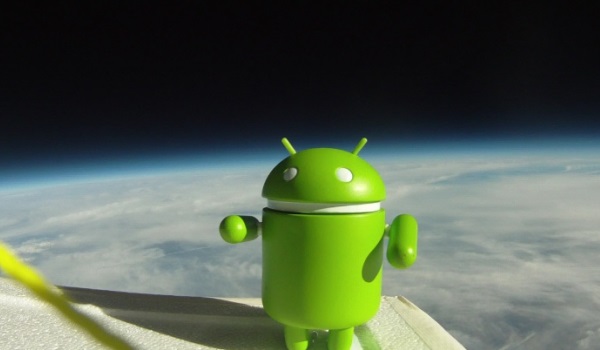
Contacts
You have probably not concerned yourself with switching phones or operating systems for quite some time, so moving those contacts over can be a daunting task. Since you’re moving to Androidville, it’s going to be easy. Google has sent moving trucks to take care of everything! You just sit back and relax, this won’t be hard at all.
There are a few options, all of them simple. Before you do anything, make sure you have a Gmail account. With Android, once your contacts are in your Gmail account, they will sync to any Android device automatically. If you’ve already got a Gmail account and have your contacts saved in there, all you have to do is log-in to your new Android device using that Gmail account. If you have multiple accounts, sign in with each one and all contacts will sync.
If you’ve got your contacts saved on the Blackberry, you can always ask the carrier you’re using to switch the contacts for you. They have this silly little machine that they plug both devices into that moves data from one to the other. It isn’t the best method, as they often don’t move everything over, but it may work just fine.
The best way to go about transferring contacts is with Google Sync. It’s dead simple to use, and transfers your contacts and calendar stuff straight to your new device. Simply log on to m.google.com/sync from your Blackberry mobile browser, then download the app. The video below will walk you through it step by step.
My apps!
You’re about to have your mind blown with apps, so be careful. Your head may fly clean off your shoulders once you see how many apps Android has for you. Even if you can’t find exactly what you’ve got on your Blackberry, there is definitely going to be something similar, if not better. Many developers stopped supporting RIM long ago, so the Android app may be an updated version of what you’re used to.
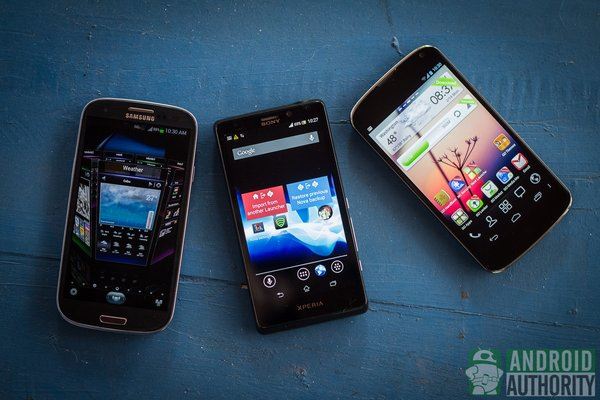
If you’ve purchased an app for your Blackberry, you may have to purchase it again. Some of those productivity apps are a bit expensive, so plan on dropping a few bucks. A very popular productivity app, Documents to Go, is $15 on both platforms, so take that into account. On the other hand, Blackberry has more paid apps than Android does, so you may be able to find a similar app or service free, offsetting some of the cost.
The great equalizer
When you have Android, you also have a multitude of services from Google. You get all these services free, so there is no need to download a third party app. They come straight from the source, and you can depend on them being supported. All the services Google provides are wonderful, but only really work to their full potential when you take advantage of all of them.
Google Now
A relatively new service, Google Now is proof that being invested into the Android OS completely is wildly beneficial. It will keep track of things you don’t think to, like flight info or traffic. It also keeps track of your location, so it knows where you work and will offer to keep track of your commute traffic. It will scan your opened emails for package tracking or flight info, then keep you updated on the status. Forget to check how badly the Clippers beat the Grizzlies last night? Not an issue, because Google Now knows you have searched for Clippers scores previously and now keeps track for you. That restaurant you looked up on Chrome 5 minutes ago? Check with Google Now… directions are waiting.
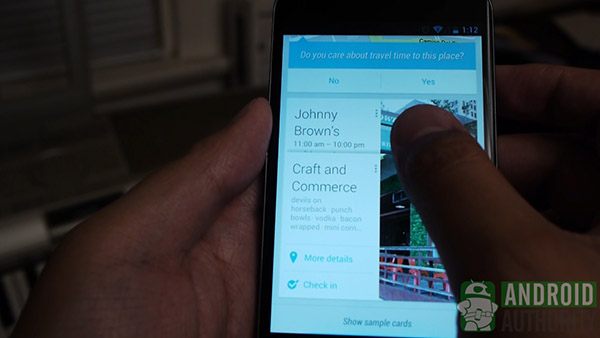
Chrome
Are you using Chrome as your main browser? If not, you probably should be. Aside from the many other reasons like speed and CPU usage, Chrome will sync to your Android phone. Chrome comes pre-loaded on newer Android phones, so it’s your across-the-board browser. Start reading an article on the desktop and finish on your mobile device; now that’s genius.
Drive
Google Drive is your MS Office of sorts. While not as robust a utility as MS Office, Drive is still really good for a lot of things. There are other options like Dropbox or Box that are wonderful at simply keeping your files handy, but Drive steps it up by allowing you to create documents.
With Google Drive, you can easily create, edit, and Gmail documents. The service is collaborative in real-time, so sharing the document allows for things like notes or edits to occur, even if everyone is in a different place. There are all the functions you have with MS Office, like spreadsheets or presentations, so you won’t miss a beat. Drive is slightly different than MS Office, and take a little getting used to, but remember that the service is free and can be accessed on any device or desktop. You always have your stuff with you, and all those documents you currently have will upload.
Don’t kill the messenger
Hey, Blackberry Messenger is a pretty cool thing, I can admit that. It’s used by a lot of people, and maybe you still know a few people who are insistent on going down with the Blackberry ship and won’t ditch their device. Will you still be able to talk to them after you switch? Sure you will! Obviously, you won’t be able to use Blackberry Messenger, but there are two really good messaging apps available on both platforms.

First up is Whatsapp, a third party messaging service. Extremely popular, easy to use, and comes with a group chat function. It integrates with your address book, and acts like SMS. A fully customizable app that also holds offline messages for you, so you’re never really out of touch. It’s free for one year, and only $0.99/annually after that.
Another great messenger is Google Talk, also available on both platforms. While not as robust with the bells and whistles as Whatsapp, it does keep you connected better in different ways. Google Talk can be used on the desktop via Gmail, so you can always message contacts without picking up your phone all the time. You can SMS someone straight from the app as well, making it useful to get hold of those who aren’t using a chat feature. Like all Google services, it’s free to use.
What about my email?
The Blackberry was designed as a productivity tool, first and foremost. It kept us connected, it kept us involved, and it kept us communicating. Can Android do the same thing? Yes, it can… and then some. Android is much more than a platform for games or email. Android is a full-fledged productivity platform, designed to pick up where Blackberry has left off.
In your device you’ll find both a Gmail and Email app. The Gmail is pretty self explanatory, but the email app can be used for your corporate email address. It will ask for some information you may not have, but your company IT guy does. Just email him, though… nobody wants to talk to the IT guy. Once you get it set up, it will act much like your Gmail app.
Which Android is right for me?
Well, that’s a tough one. Most Android devices you’re able to buy right now will be running Android 4.0 (Ice Cream Sandwich) or better. We always suggest getting the latest, which is Android 4.1 (Jelly Bean). The difference between the two is largely negligible, but why not have the best if it’s available, right?
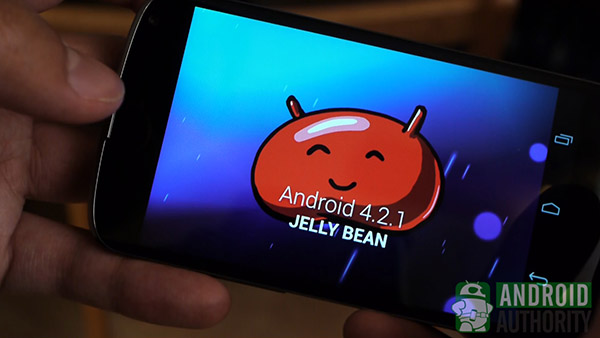
There will be a slight learning curve, as the difference between your Blackberry OS and Android is substantial. It will take time, but don’t fret. Ask questions if you’re not sure how to accomplish something. Make a list of those things you do most often and be sure to have those down before walking out of the store. If you can at least perform your basic functions well, it will make the rest of the experience much easier to pick up.
I’m stuck!
You’re going to get stumped, and that’s okay. We all did, and still do, from time to time. There are a few tips you can use to get yourself out of the deep water and back to dry land, so let’s run down a few quick tips. For this exercise, we’ll assume you have an Android phone running Jelly Bean.
Settings
The settings menu, and many quick settings often used, can be found at the top of the screen. That little black bar at the top that has icons is meant to be dragged down, so place two fingers on the black bar and drag down. The settings menu should pop up, but if it didn’t… don’t stress. Just select the icon to the top right (the one that looks like a little man surrounded by squares) once the menu is pulled down, and it will come up. From there, you have a few option from which to choose. If there is something you’d like to change about your phone, it’s probably there. If not, simply select “Settings” and navigate through those menus to get what you need.
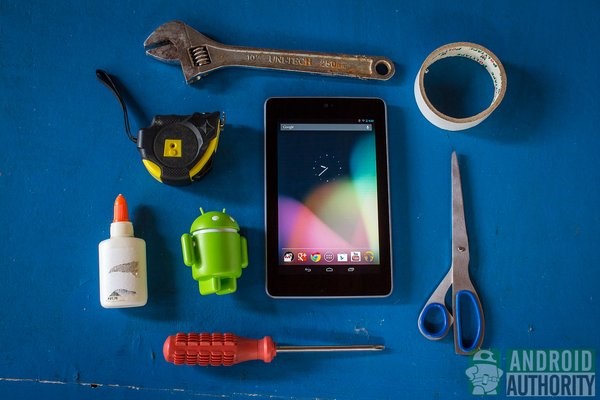
Long press
Sometimes you look at an option or icon, and know what you want it to do… it just doesn’t seem to read minds. Well, it reads touch, that’s for sure! When it seems like you should have more options than you do, simply press the icon and hold. If more options are available, a new menu will pop up. This is also how you move icons around. If you want to delete an app, you navigate to the app drawer (that little button at the bottom center of the screen) and long press it. A few options will appear at the top of the screen, and you can either delete it or find out more about it.
Appearance
You want things a certain way, I get it. Android is wonderfully customizable that way. Using the long press from the app drawer, the chosen app will appear floating over the home screen with those two options mentioned previously. If you want it on your home screen, just find the spot you want to drop it, and let go. If you want it on another screen, just slide it over to that screen and let go of it. If you have apps you’d like to group together, just place one app over the next and it will create a folder. You can rename the folder, and add more apps until the popup menu for that folder fills the screen.
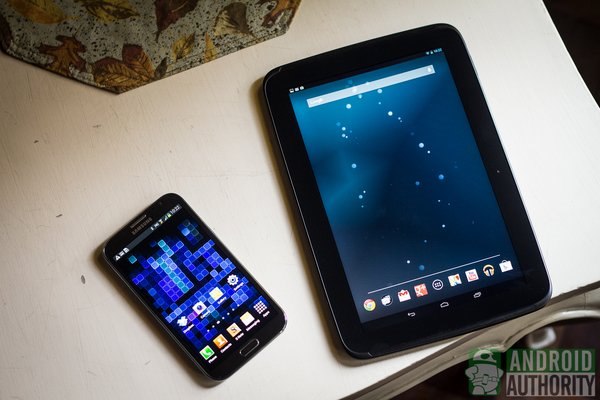
Widgets!
Widgets are a great way to quickly see and access things like your calendar or email. Many widgets can be resized to fit your screen as you like, making organizing your device properly easy. You can also use many widgets on the lock screen to access information even faster. From the lock screen, simply swipe left and you’ll see a plus button. Select it, and a list of available widgets will pop up. Once you select a widget, it will be there until you move it. Swiping right from the lock screen brings up the camera function, so no widgets can be placed by swiping right.
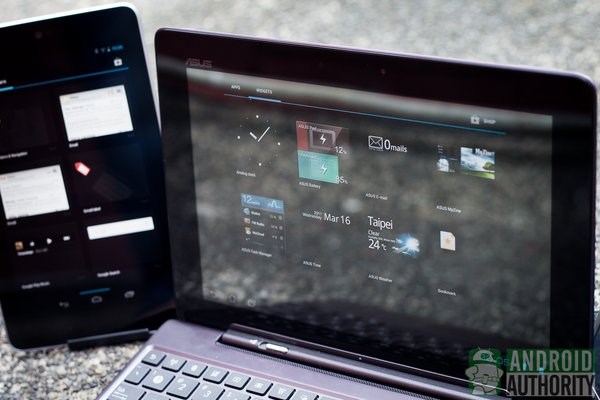
Conclusion
It will take some getting used to, but you made the right choice. The mobile landscape ran away from Blackberry, and there is little hope of it catching up. Sure, the BB10 is coming soon, but Blackberry has lost too much ground to really be thought of as a viable contender. If you get stuck beyond what we’ve discussed here, get online and poke around. Social media is a wonderful place to get answers, and Google+ comes loaded on your device. The world is here to help, and Android is here to keep you connected.